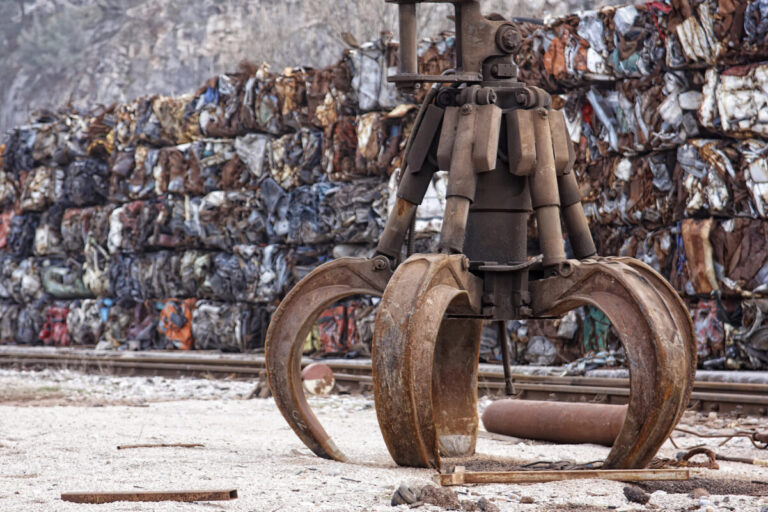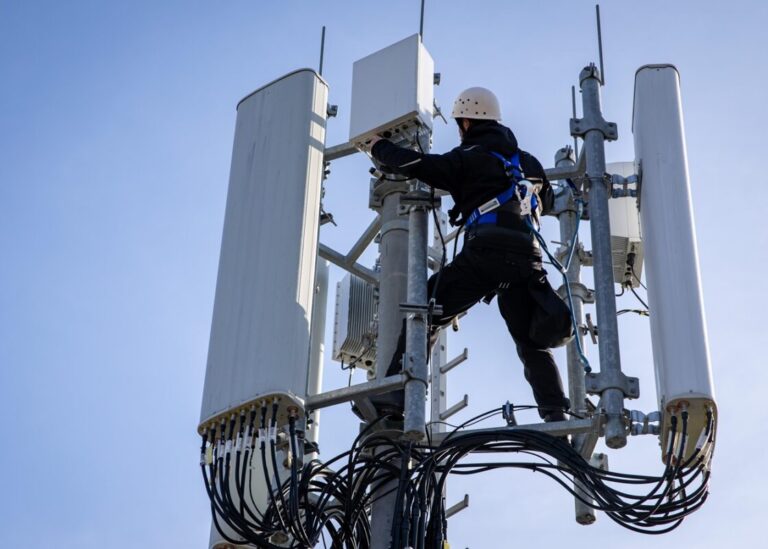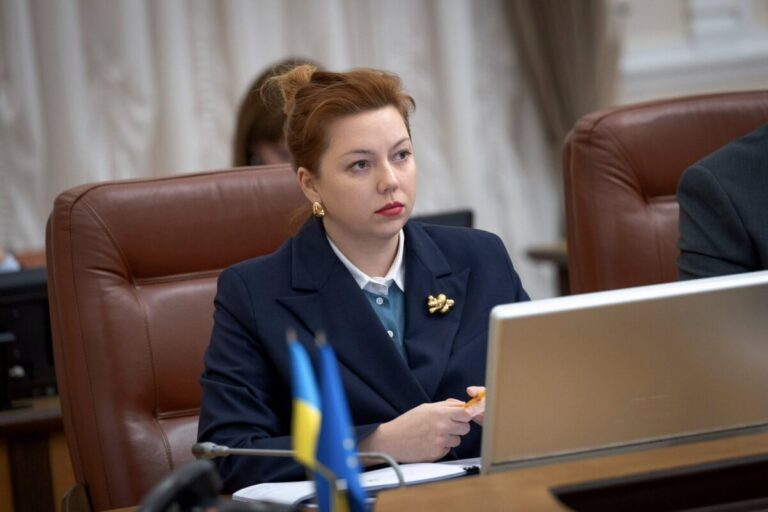
Utility Tariffs in Ukraine: Is Price Growth Inevitable in 2025?
The issue of raising prices for housing and utility services is once again coming to the forefront of Ukrainian public discussion. The need to review tariff policy is now being discussed not only in the government, but also at the National Bank of Ukraine. What exactly might change, what are the risks, and what arguments are presented by different sides we analyze calmly, thoroughly, and without artificial dramatization.
At the center of attention is the statement by the First Deputy Head of the National Bank of Ukraine, Serhiy Nikolaychuk. He emphasized: “The increase in tariffs for utilities and electricity is an inevitable step for economic stabilization.”His position is based on the idea that sharp price jumps create additional risks for the economy.
Nikolaychuk noted: “If some tariffs do not change for several years, and then they rise manyfold, this is not a situation that allows us to properly manage inflationary processes.”
The key argument of the NBU is that subsidizing tariffs is too expensive for the state, and sooner or later they will have to be aligned with the market level. “Therefore, sooner or later, all this will still have to be evened out,” Nikolaychuk emphasized.
A more predictable tariff policy, in his opinion, would allow the state to plan expenditures better and avoid accumulating risks in the future. In its inflation reports, the NBU regularly recommends that the government not postpone a return to market prices for housing and utility services for too long.
Price Forecast and Government Policy
The government openly recognizes that the price of electricity for the population in Ukraine will rise. The Ministry of Economy, in its official forecasts for 2026-2028, expects an annual increase in the tariff for household consumers by 15% (plus or minus 5%).
This information is confirmed by letter No. 3011-02/30287-03 from the Ministry of Economy, which outlines the scenario conditions for the economy for the specified period.
Moreover, in July 2024, in a letter of intent to IMF management, the Ukrainian authorities confirmed plans for a gradual increase in tariffs for housing and utility services. However, with an important condition: this will happen only after the end of the war.
“Potential reform measures, as soon as conditions permit, include an additional gradual increase in tariffs after the war,” the document emphasizes.
Tariffs During Wartime: Status Quo and Exceptions
Since March 2022, a moratorium has been in effect in Ukraine on changes to tariffs for gas, hot water, and heating. At the same time, the price of electricity was not included in this moratorium. During the full-scale war, the tariff for electricity for the population has already increased from 2.64 UAH/kWh to 4.32 UAH/kWh.
This price was supposed to be valid until the end of April 2025, but the increase was postponed until autumn, and the government extended the special obligations (PSO) until the end of October 2025.
“Citizens will continue to pay for electricity at an unchanged tariff 4.32 UAH per kWh,” said then-Prime Minister Denys Shmyhal in April 2025.
There is no unity in the professional environment regarding the economic justification for raising tariffs.
The Head of the Union of Utility Service Consumers of Ukraine, Oleh Popenko, notes:
“The real cost of electricity is about 6.5-7 UAH, and the country will gradually approach this mark. At the current price of 4.32 UAH, an annual increase of 20% will lead to the tariff reaching at least 7 UAH in a few years.”
Popenko also emphasizes that the increase will likely affect not only electricity, but also other services gas, heating, water.
“The main problem is the extremely low solvency of the population. Even with relatively ‘moderate’ tariff increases, people simply will not be able to pay their bills,” he believes.
The Director of the Energy Research Center, Oleksandr Kharchenko, supports the position that the current tariff already covers the costs of energy companies:
“Regulatorily and politically, the situation is terrible. Hundreds of billions in market debts, non-payments, financial problems are added to the losses caused by the Russians. But solving this situation requires a major systemic reform of the electricity market, not an increase in tariffs for the population. … I do not understand the point of raising the issue of tariff increases.”
Household Debt: A Chronic Market Problem
As of now, Ukrainians’ debt for housing and utility services exceeds 106 billion UAH.
According to the State Statistics Service:
- for heating and hot water 35.2 billion UAH
- for gas 32.3 billion UAH
- for electricity 17.1 billion UAH
- for cold water 10.2 billion UAH
- for building management 8.8 billion UAH
- for garbage collection 3.1 billion UAH
This amount increases every year, reflecting the structural crisis of the population’s solvency and imbalances in the market.
What the Situation Looks Like Today
Today, raising tariffs for housing and utility services in Ukraine is not a matter of political will, but of economic necessity.
This is confirmed by official government forecasts, the position of the NBU, and key documents submitted to the IMF. At the same time, the pace and extent of tariff increases are restrained by social risks the low solvency of most households and significant indebtedness.
The expert community draws attention to the fact that “revising tariffs alone will not solve the sector’s structural problems.” Without comprehensive market reform, systematic support for the most vulnerable, and order in the subsidy sphere, the risk that the population will not fulfill its obligations will only increase.
In summary: raising tariffs seems inevitable from a macroeconomic point of view, but without proper social policy and utility sector reforms, it could turn into an even greater crisis of non-payments and social tension.
The political discussion around tariffs is about finding a balance between the economy and social justice, not about simple solutions.














